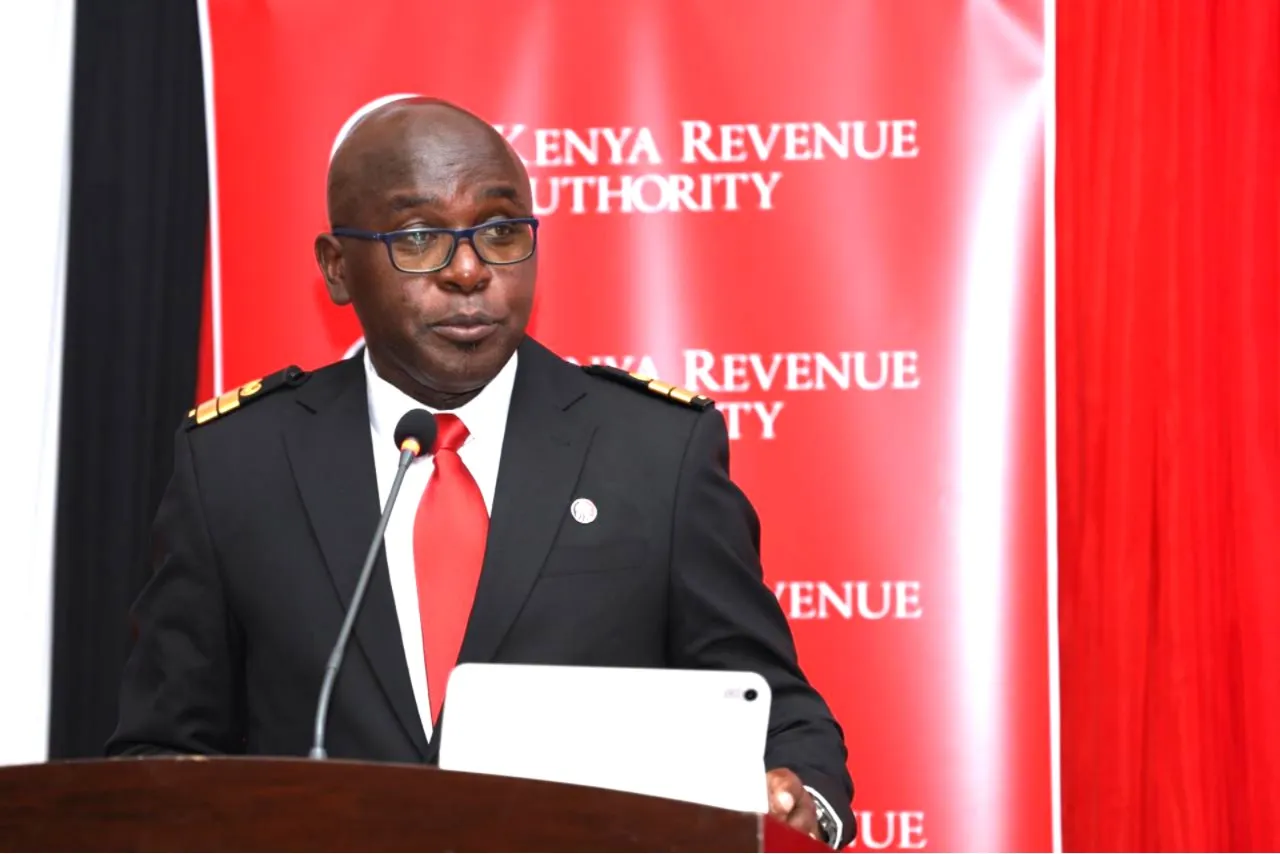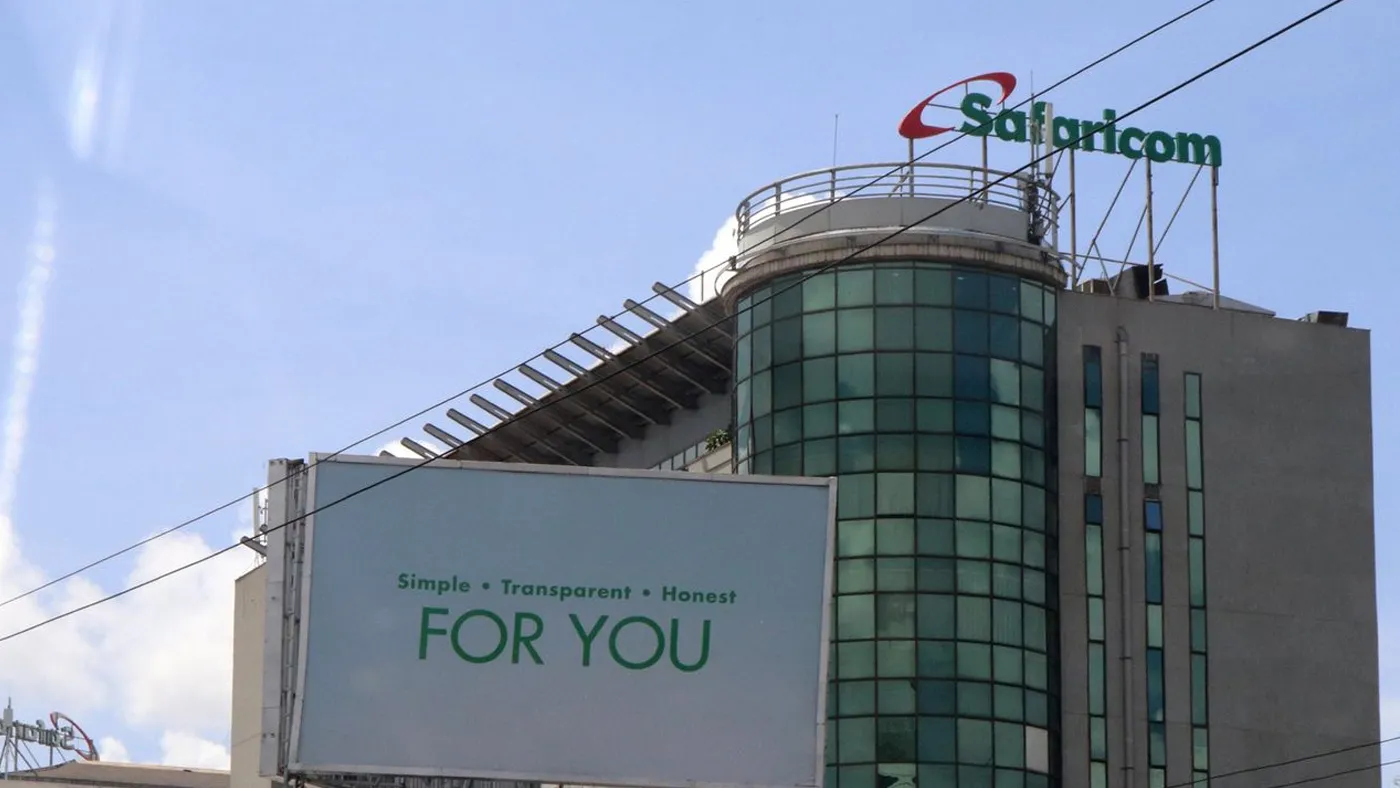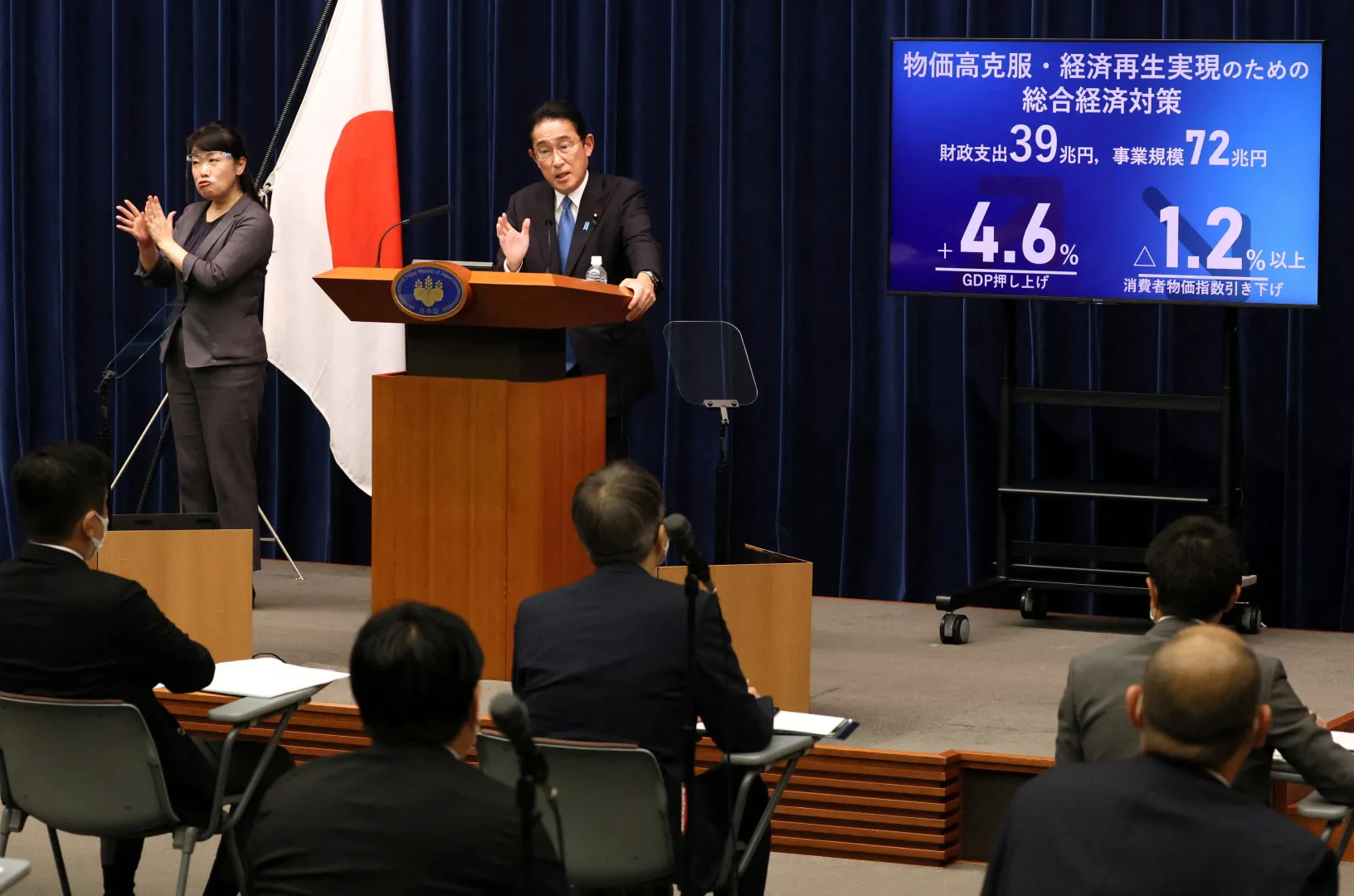In a significant triumph for fiscal management and national development, the Kenya Revenue Authority (KRA) has announced that it has successfully surpassed its revenue target for the Financial Year 2024/2025. Despite a challenging economic landscape, the taxman collected an impressive Kshs. 2.571 Trillion, exceeding the revised target of Kshs. 2.555 Trillion. This remarkable achievement represents a robust growth of 6.8% compared to the Kshs. 2.407 Trillion collected in the previous financial year, culminating in a performance rate of 100.6%. This milestone underscores KRA’s enhanced efficiency, strategic reforms, and the resilience of Kenyan taxpayers in contributing to the nation’s economic transformation.
The positive revenue performance is a testament to KRA’s adaptive strategies and the underlying strength of key economic sectors, even as the country navigated various domestic and global headwinds. This success story is not merely about numbers; it reflects a concerted effort by KRA to modernize tax administration, leverage technology, simplify processes, and foster a more compliant and engaged taxpayer base.
Navigating a Complex Economic Environment: The FY 2024/25 Context
The Financial Year 2024/2025 was characterized by a mixed bag of economic indicators, presenting both opportunities and formidable challenges for revenue collection. KRA’s ability to exceed its targets despite these complexities highlights its strategic agility.
Favorable Economic Indicators
Several positive macroeconomic factors provided a supportive backdrop for KRA’s revenue mobilization efforts:
- Robust GDP Growth: The Kenyan economy demonstrated resilience, with a notable Gross Domestic Product (GDP) growth of 4.7% as per the Economic Survey. This growth was particularly strong in vital sectors such as agriculture, forestry and fishing, financial and insurance activities, transportation and storage, and real estate. The expansion in these sectors translated into increased economic activity, higher corporate profits, and greater employment, all contributing to a broader tax base.
- Easing Inflation: Overall inflation eased significantly, averaging 3.6% in FY 2024/25, a substantial drop from 6.3% in FY 2023/24. Lower inflation enhances consumer purchasing power and business stability, indirectly supporting revenue collection by reducing economic uncertainty.
- Strengthening Kenya Shilling: The exchange rate of the Kenya Shilling against the US Dollar strengthened considerably, averaging Kshs 129.35/US$ in the current year under review, down from Kshs 144.1 in the previous year. A stronger shilling reduces the cost of imports and foreign debt servicing, contributing to overall economic stability.
- Declining International Oil Prices: International oil prices per barrel dropped by 12.5%, leading to an aggregate downward adjustment of local fuel pump prices for both petrol and diesel by 11.8% and 12.2% respectively. Lower fuel prices reduce operational costs for businesses and transportation expenses for consumers, freeing up disposable income and potentially stimulating economic activity, which can indirectly boost tax revenues.
Persistent Economic Headwinds
Despite these positive trends, the first half of FY 2024/25 was marked by numerous economic headwinds that posed significant challenges to revenue collection:
- Shelving of the Finance Bill 2024: The uncertainty surrounding the Finance Bill 2024 and its eventual shelving created a period of policy ambiguity, which can deter investment and economic activity. Businesses often delay decisions when tax policies are in flux, impacting tax remittances.
- High Bank Lending Rates: Commercial bank lending rates remained elevated in the first half of the financial year, constraining access to credit for the private sector. This directly impacted investment and expansion across key economic sectors, as credit to the private sector declined by 1.1% by the end of December 2024. Conversely, credit extended by commercial banks to the National Government grew by 13.9%, indicating increased government borrowing that may have crowded out private sector access to finance.
- Global Tariffs War and International Conflicts: The global economic environment was affected by ongoing tariffs wars and international conflicts, which disrupted global supply chains, dampened international trade, and created a climate of uncertainty. Kenya, as an open economy, is susceptible to these external shocks.
- Weak Import and Export Growth: Overall import values recorded weak growth of 0.04%, significantly affected by a drop in import values of fuels and lubricants (-16.4%) and food and beverages (-14.6%). Furthermore, export values declined by 2.0%, with horticulture (-2.5%) and tea (-15.4%) being particularly hit. This decline in trade volumes directly impacts customs duties and other trade-related taxes.
- Anticipated Lending Rate Adjustment: A positive development, however, is the anticipated downward adjustment in lending rates following the Central Bank of Kenya’s (CBK) decision to lower the benchmark rate to 9.75% in June 2025. This move by the CBK is expected to ease the cost of borrowing, stimulate private sector credit growth, and ultimately foster investment and economic expansion in the coming months.
Notwithstanding these formidable challenges, KRA’s robust measures yielded a significant revenue collection turnaround in the second half of the financial year. Revenue grew by 9.1% in the latter half, compared to the 4.5% growth recorded in the first half, demonstrating the effectiveness of the implemented strategies.
KRA’s Revenue Performance for FY 2024/25: A Detailed Breakdown
KRA’s overall revenue collection is segmented into various categories, each reflecting specific economic activities and tax administration efforts.
- Exchequer Revenue: This is the primary revenue stream that directly funds government operations and development projects. KRA collected Kshs. 2.323 Trillion in Exchequer Revenue, representing a 4.5% growth from Kshs. 2.223 Trillion collected in the previous financial year. This translated to a performance rate of 99.0% against a target of Kshs. 2.347 Trillion, indicating a near-perfect achievement of the core revenue mandate.
- Agency Revenue: Beyond its core tax collection mandate, KRA also collects revenue on behalf of other government agencies. In FY 2024/25, KRA collected Kshs. 248.276 Billion in Agency Revenue, impressively surpassing the target by Kshs. 40.465 Billion. This translated to an outstanding performance rate of 119.5%, showcasing KRA’s efficiency in supporting broader government fiscal objectives.
- Domestic and Customs Revenue Performance:
- Domestic Revenues: These revenues are collected from within Kenya’s borders, primarily through income taxes, VAT, and excise duties. Domestic Revenues registered a growth of 4.8% after KRA collected Kshs. 1.688 Trillion against a target of Kshs. 1.721 Trillion. This translates to a performance rate of 98.1%.
- Customs Revenue: This category includes duties and taxes collected on imports and exports. Customs Revenue recorded a stellar performance rate of 105.9%, with a collection of Kshs. 879.329 Billion against a target of Kshs. 830.368 Billion. This translates to a significant revenue growth of 11.1% compared to the same period in FY 2023/2024, reflecting improved trade facilitation and enforcement measures.
Performance of Key Tax Heads: Insights into Economic Activity
A closer look at the performance of individual tax heads provides granular insights into economic trends and the effectiveness of KRA’s targeted interventions.
- Domestic VAT: Domestic Value Added Tax (VAT) collection stood at Kshs. 327.336 Billion, reflecting a growth of 4.2% compared to the previous year. While the first half of the FY saw Kshs. 148.374 Billion collected, KRA’s implementation of a raft of VAT compliance initiatives in the second half proved highly effective, enabling the collection of Kshs. 178.962 Billion. These initiatives included strict VAT registration controls and rigorous verification of declarations, aimed at sealing revenue loopholes and expanding the VAT base.
- Betting Taxes: The burgeoning betting industry in Kenya has become a significant source of revenue. Excise Tax on betting services impressively surpassed its target, registering a surplus of Kshs. 1.945 Billion with a performance rate of 117.2%. The tax head collected Kshs. 13.233 Billion against a target of Kshs. 11.288 Billion. Betting Tax also registered a strong performance rate of 103.7% after collecting Kshs. 5.70 Billion against a target of Kshs. 5.495 Billion. This success is largely attributed to KRA’s enhanced monitoring and integration with betting platforms.
- Pay As You Earn (P.A.Y.E): KRA collected Kshs. 560.963 Billion from P.A.Y.E, signifying a modest growth of 3.3%. Despite the slow growth, the tax head recorded a performance rate of 99.0%. The subdued growth was primarily attributed to the utilization of adjustment vouchers by taxpayers to offset tax liabilities and the impact of recent policy changes. These policy impacts included the adjustment of the Social Health Insurance Fund (SHIF) and the Housing Levy from being considered as reliefs to allowable deductions before tax computation, effectively reducing the taxable income for many employees.
- Corporation Tax: Corporation Tax demonstrated strong growth, increasing by 9.9% compared to 4.9% in the last financial year, after KRA collected Kshs. 304.833 Billion against a target of Kshs. 321.080 Billion. This robust performance was boosted by a number of key sectors, including Information and Communications Technology (ICT), manufacturing, financial services, real estate, and wholesale and retail, among others. This indicates healthy profitability and expansion within these critical economic drivers.
- Domestic Excise: The Domestic Excise tax head recorded a performance rate of 97.2%, with a collection of Kshs. 69.385 Billion. However, the performance was impacted by a decline in revenue remittance from manufacturers of beer and tobacco products by 13.9% and 8.9% respectively. KRA continues to enhance compliance measures in this sector to address potential revenue leakages or shifts in consumption patterns.
- Adjustment Vouchers: Section 47(2)(b) of the Tax Procedures Act, Cap 469B, stipulates that approved claims not settled within six months shall be offset against existing and future tax liabilities. In line with this provision, adjustment vouchers amounting to Kshs 49.673 Billion were utilized by taxpayers to settle tax obligations across various tax heads in FY 2024/25. This reflects a significant increase from Kshs 24.845 Billion utilized during the corresponding period in the previous financial year, indicating a greater volume of approved refunds or credits being offset against current tax dues. Significant amounts of these adjustment vouchers were utilized across various tax heads, with Corporation Tax accounting for Kshs 28.622 Billion, PAYE for Kshs 10.422 Billion, and Domestic VAT for Kshs 6.510 Billion, among others.
Strategic Pillars of Revenue Mobilization: KRA’s Modernization Drive
KRA’s success is not accidental but a direct outcome of its strategic approach to revenue mobilization, underpinned by its Ninth (9th) Corporate Plan and a strong emphasis on technology and taxpayer engagement.
1. Ninth Corporate Plan Implementation
KRA continued the rigorous implementation of its 9th Corporate Plan, a five-year strategic roadmap. Over this period, the organization is focusing on four key pillars:
- Enhancing Revenue Collection: This remains the core mandate, pursued through various compliance and enforcement measures.
- Increasing Customer Satisfaction: Recognizing that a positive taxpayer experience fosters voluntary compliance.
- Digitalizing Revenue Administration: Leveraging technology to streamline processes, improve efficiency, and reduce human intervention.
- Strengthening Human Resource Management: Investing in its workforce to ensure a skilled, ethical, and motivated team.
2. Technology Adoption: A Digital Transformation
KRA has consistently leveraged disruptive technology to enhance efficiency, transparency, and effectiveness in revenue collection. These innovations are part of KRA’s broader digital transformation and tax modernization strategy, aimed at improving compliance, reducing leakages, and enhancing taxpayer experience.
- Electronic Tax Invoice Management System (eTIMS): eTIMS has been a cornerstone of KRA’s digital efforts, significantly minimizing VAT fraud, improving tax compliance, and simplifying the VAT filing and payment process. It has also facilitated tax base expansion by providing real-time transaction data. KRA recently rolled out the eTIMS fuel stations system, designed specifically to streamline operations and address compliance challenges previously experienced within the petroleum industry, ensuring accurate tax remittances from fuel sales.
- Artificial Intelligence (AI) for Scanner Images: KRA has deployed Artificial Intelligence (AI) to analyze scanner images at ports of entry. This advanced technology has proven instrumental in the interception of smuggled goods and the sealing of revenue leakages, significantly enhancing customs enforcement capabilities.
3. Simplification of Processes: Enhancing Taxpayer Experience
Simplicity is one of KRA’s Core Values, aimed at eliminating complexities that taxpayers often experience. The Authority has implemented several measures to streamline processes:
- VAT Auto-Population and Digital Payments: KRA has simplified the filing of returns through VAT auto-population, which pre-fills VAT returns with data from eTIMS, reducing errors and saving time for taxpayers. The adoption of mobile and digital payment platforms has further streamlined tax payments, making it more convenient and accessible for individuals and businesses.
- Centralized Release Office (CRO): The introduction of a Centralized Release Office (CRO) has revolutionized cargo clearance at the ports, making it easier and more efficient. This has subsequently improved cargo clearance time from an expected average of 110 hours to an impressive 43 hours and enabled KRA to collect an additional Kshs. 22.7 Billion in revenue, due to faster processing and reduced demurrage costs.
4. Organizational Restructuring: Agile and Responsive Administration
KRA has undertaken a significant organizational restructuring within its functional areas of revenue, technology, and service. This aims to create an agile and responsive tax administration framework, strengthen the digital infrastructure for data-driven decision-making and automation, and improve taxpayer engagement and support.
- Integrated Taxpayer Segments: Among these changes included the integration of the Large and Medium Taxpayers into a core functional area, and the Micro and Small Taxpayers as another core functional area. This segmentation allows KRA to provide more personalized support tailored to address the unique needs and compliance challenges of different taxpayer groups.
- Tax Base Expansion Alignment: The functional areas have also supported tax base expansion in alignment with the Medium-Term Revenue Strategy, ensuring that KRA effectively brings more eligible taxpayers into the tax net.
5. Long-Term Objectives: Future-Proofing Tax Administration
Moving forward, KRA will increasingly rely on advanced technologies to enhance its capabilities. This includes a greater emphasis on data analytics, Artificial Intelligence (AI), Machine Learning (ML), and the Enterprise Application Programming Interface (API) platform.
- GavaConnect Platform: Through its API platform, branded as GavaConnect, KRA has so far rolled out the Electronic Rental Income Tax System (eRITS). This initiative is a vital part of KRA’s long-term strategy to simplify tax processes, improve transparency, and expand Kenya’s tax base by bringing more landlords and rental income into the tax net. The API platform facilitates seamless integration between KRA’s systems and third-party platforms, allowing businesses, developers, and service providers to automate tax-related services, thereby improving compliance and efficiency across the ecosystem.
Key Revenue Collection Measures: Targeted Interventions
KRA’s impressive revenue growth for the period under review is directly attributed to the implementation of several targeted measures designed to enhance compliance and broaden the tax base.
- Taxation of Digital Economy (DST/SEP, VAT on Digital Market Supply-DMS, DAT): The taxation of the digital economy has emerged as a significant revenue stream. For the period under review, it recorded a performance rate of 112% after netting Kshs. 14.3 Billion, which translates to a 32% growth from the Kshs. 10.8 Billion collected in FY 2023/24. These taxes are primarily collected from non-resident taxpayers operating in the digital economy, including multinational digital companies. KRA’s initiatives under this strategy include a robust recruitment of non-resident taxpayers and the deployment of technology to ensure compliance, reflecting a global trend in taxing digital services.
- Tax Base Expansion (TBE): This crucial program aims to onboard taxpayers previously not paying taxes and convert inactive taxpayers into active contributors. The program enabled KRA to collect Kshs. 24.9 Billion in revenue. Some of the key initiatives under TBE include:
- Electronic Rental Income Tax System (eRITS): The launch of eRITS has provided enhanced visibility of rental properties, rental income, and occupancy status, making it easier to identify and bring landlords into the tax net.
- Monthly Rental Income (MRI) Programme: KRA has actively recruited landlords under the MRI programme through a taxpayer mapping process known as the Block Management System (BMS), systematically identifying and registering property owners.
- Recruitment of Additional Taxpayers: Ongoing efforts involve the recruitment of additional taxpayers and the provision of additional tax obligations based on their income, ensuring comprehensive coverage.
- Taxation at Source: Through this program, KRA has integrated with other systems, allowing for an almost real-time collection of information and revenue directly at the source, minimizing leakages and improving efficiency.
- Integration of Betting and Gaming Companies: A prime example is the integration of betting and gaming companies into KRA’s tax system. This integration has given KRA real-time access to 141 companies in the gaming and betting sector, enabling both Excise Tax on betting services and Betting Tax to surpass their FY 2024/25 targets, a significant win for KRA given the rapid growth of this sector in Kenya.
- Debt Collection: KRA enhanced collection from debt programs targeting non-compliant taxpayers, successfully mobilizing a total of Kshs. 141.261 Billion in FY 2024/2025. This impressive performance is attributable to diligent follow-ups on demand notices and the effective implementation of debt instalment plans agreed upon with taxpayers, demonstrating a firm yet flexible approach to compliance.
- Tax Amnesty: A crucial initiative designed to encourage voluntary compliance and clear outstanding tax liabilities, the tax amnesty program proved highly successful. A total of 3,512,835 taxpayers benefited from the program after they were granted waivers on penalties and interests amounting to Kshs 95.645 billion. Through the program, KRA collected Kshs. 29 Billion after 116,144 taxpayers voluntarily declared and paid their previously undeclared taxes. This program not only boosted revenue but also helped to clean up taxpayer data and bring more individuals and entities into the compliant tax base.
- Trade Facilitation: In its commitment to efficiency and effectiveness in reducing cargo clearance times, KRA has enhanced its Integrated Customs Management System (iCMS) capabilities to allow for Pre-Arrival processing of documents using the Bill of Lading as the base document for declaration of Customs entries. Additionally, KRA has spearheaded the formulation of joint Service Level Agreements (SLAs) for sea clearance cargo with 23 Partner Government Agencies (PGAs). This will significantly improve efficiency in the clearance of sea imports and exports by ensuring predictability and accountability across the various agencies involved. KRA has also established three trade facilitation centers along the Northern Corridor — Kainuk, Lodwar, and Kakuma. These centers are dedicated to supporting cargo monitoring and facilitating trade with neighboring South Sudan, Ethiopia, and Uganda, enhancing regional trade flows.
- Dispute Resolution Framework: KRA actively utilizes the Alternative Dispute Resolution (ADR) framework as a trade facilitation mechanism by ensuring amicable resolution of tax disputes, as opposed to protracted and costly legal processes. For the period under review, 970 cases were successfully concluded through ADR, enabling the release of Kshs. 15.296 Billion in disputed revenue. This demonstrates KRA’s commitment to promoting compliance through non-adversarial mechanisms, fostering trust and cooperation with taxpayers. KRA also collected a substantial Kshs. 65.09 Billion through litigation processes, indicating its dual approach of facilitating resolution while maintaining a strong stance against persistent non-compliance.
- Anti-Corruption Measures: KRA maintains a zero-tolerance policy towards corruption and actively implements interventions to combat it and seal revenue leakages. These measures include the implementation of the iWhistle programme, which facilitated the collection of Kshs. 6.8 Billion from 821 cases reported anonymously, demonstrating the effectiveness of whistleblower mechanisms. Other measures include profiling of tax evaders and rigorous review of refunds and debt management processes to prevent fraudulent activities. Internally, KRA conducts lifestyle audits on its staff and runs robust internal awareness campaigns to ensure staff uphold integrity and professionalism in their work. Through the iWhistle program, 45 staff integrity cases were reported, and appropriate action was taken, reinforcing KRA’s commitment to internal accountability.
- Customer Support Programmes: These programs are aimed at building partnerships and increasing engagements to ensure the public fully participates in revenue administration measures. In FY 2024/25, KRA held a total of 37 engagements with different sectors, conducted nine sensitisations, 15 public participation sessions, and nine roundtables. These initiatives have played a key role in equipping individuals and other entities with relevant information on taxation, fostering tax literacy, and promoting voluntary compliance through education and collaboration.
Conclusion: A Pearl Anniversary of Progress and Resilience
Despite the challenging economic environment in FY 2024/2025, Kenyan taxpayers exhibited remarkable resilience and voluntarily paid their taxes to support the country’s economic transformation. As at June 30, 2025, KRA recorded an impressive 79% on-time filing rate, a clear indicator of growing tax compliance and a positive response to KRA’s modernization efforts.
On behalf of the KRA Board of Directors and staff, KRA expressed profound appreciation to all Kenyans for remaining committed to honoring their tax obligations, which plays a pivotal role in Kenya’s economic sustainability and development.
As KRA commemorates its Pearl Anniversary this July, the organization celebrates remarkably significant milestones over the last 30 years. Since its inception in 1995, KRA has overseen a phenomenal growth in revenue collection, from a modest Kshs. 122.066 Billion to more than Kshs. 2.5 Trillion this year. This trajectory reflects not only the growth of the Kenyan economy but also KRA’s evolving capacity and effectiveness as a tax administrator. KRA remains steadfast in its commitment to simplifying tax payment processes and ensuring a positive taxpayer experience. The Authority emphasizes its unwavering dedication to upholding integrity and professionalism in all interactions with taxpayers, as it continues to build a robust and equitable tax system for Kenya’s future. The journey towards clean taxpayer data and enhanced compliance is ongoing, with KRA poised to leverage further technological advancements and collaborative approaches to achieve even greater fiscal milestones.
Ready to take your career to the next level? Join our dynamic courses: ACCA, HESI A2, ATI TEAS 7 , HESI EXIT , NCLEX – RN and NCLEX – PN, Financial Literacy!🌟 Dive into a world of opportunities and empower yourself for success. Explore more at Serrari Ed and start your exciting journey today! ✨
photo source: Google
By: Montel Kamau
Serrari Financial Analyst
11th July, 2025
Article, Financial and News Disclaimer
The Value of a Financial Advisor
While this article offers valuable insights, it is essential to recognize that personal finance can be highly complex and unique to each individual. A financial advisor provides professional expertise and personalized guidance to help you make well-informed decisions tailored to your specific circumstances and goals.
Beyond offering knowledge, a financial advisor serves as a trusted partner to help you stay disciplined, avoid common pitfalls, and remain focused on your long-term objectives. Their perspective and experience can complement your own efforts, enhancing your financial well-being and ensuring a more confident approach to managing your finances.
Disclaimer: This article is for informational purposes only and does not constitute financial advice. Readers are encouraged to consult a licensed financial advisor to obtain guidance specific to their financial situation.
Article and News Disclaimer
The information provided on www.serrarigroup.com is for general informational purposes only. While we strive to keep the information up to date and accurate, we make no representations or warranties of any kind, express or implied, about the completeness, accuracy, reliability, suitability, or availability with respect to the website or the information, products, services, or related graphics contained on the website for any purpose. Any reliance you place on such information is therefore strictly at your own risk.
www.serrarigroup.com is not responsible for any errors or omissions, or for the results obtained from the use of this information. All information on the website is provided on an as-is basis, with no guarantee of completeness, accuracy, timeliness, or of the results obtained from the use of this information, and without warranty of any kind, express or implied, including but not limited to warranties of performance, merchantability, and fitness for a particular purpose.
In no event will www.serrarigroup.com be liable to you or anyone else for any decision made or action taken in reliance on the information provided on the website or for any consequential, special, or similar damages, even if advised of the possibility of such damages.
The articles, news, and information presented on www.serrarigroup.com reflect the opinions of the respective authors and contributors and do not necessarily represent the views of the website or its management. Any views or opinions expressed are solely those of the individual authors and do not represent the website's views or opinions as a whole.
The content on www.serrarigroup.com may include links to external websites, which are provided for convenience and informational purposes only. We have no control over the nature, content, and availability of those sites. The inclusion of any links does not necessarily imply a recommendation or endorsement of the views expressed within them.
Every effort is made to keep the website up and running smoothly. However, www.serrarigroup.com takes no responsibility for, and will not be liable for, the website being temporarily unavailable due to technical issues beyond our control.
Please note that laws, regulations, and information can change rapidly, and we advise you to conduct further research and seek professional advice when necessary.
By using www.serrarigroup.com, you agree to this disclaimer and its terms. If you do not agree with this disclaimer, please do not use the website.
www.serrarigroup.com, reserves the right to update, modify, or remove any part of this disclaimer without prior notice. It is your responsibility to review this disclaimer periodically for changes.
Serrari Group 2025












